Uruguay: South America’s Surprising Star
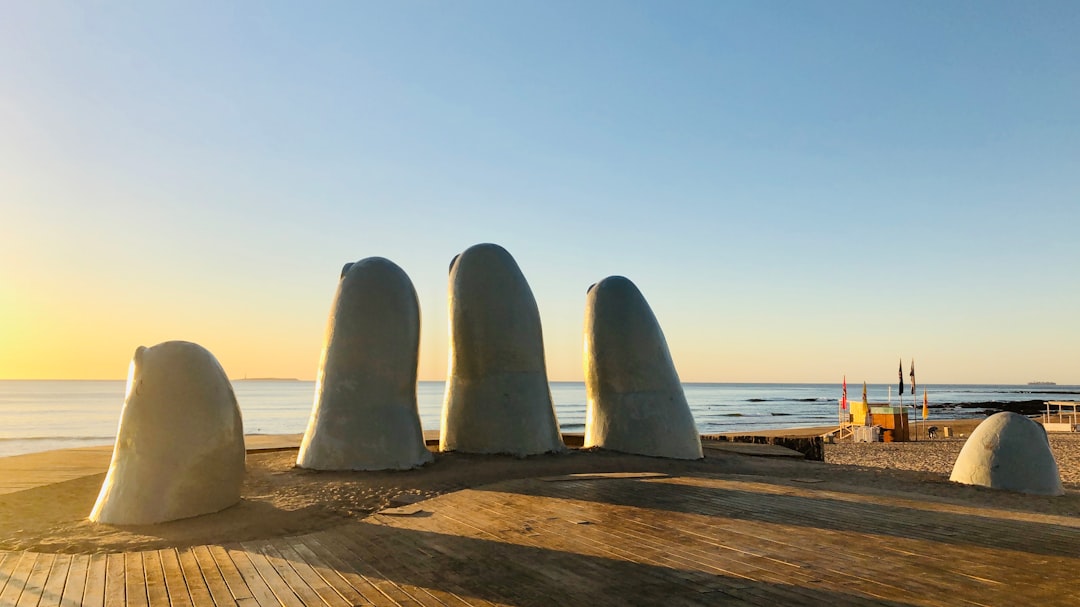
Uruguay has quietly become a sensation among travelers, turning heads with its clean cities, calm beaches, and unbeatable safety. In 2024, the World Tourism Organization reported a 15% jump in international arrivals, a massive leap for this modest country. Montevideo’s street art, bustling cafes, and nightly tango performances are magnetic for culture lovers. Punta del Este, once a secret among rich South Americans, now draws sun-seekers and surfers from all over the world. Colonia del Sacramento, a UNESCO World Heritage city, feels like stepping into a living history book with its cobbled alleys and pastel houses. Uruguay’s commitment to renewable energy—over 98% of its electricity comes from renewables—has made it a darling of eco-conscious travelers. Gourmet scenes are blossoming too, especially in Canelones, where vineyard tours and tastings are becoming must-do experiences. With new international flights and improved highways, Uruguay’s accessibility is better than ever, making it an irresistible destination for 2025.
Slovenia: Europe’s Green Heartbeat
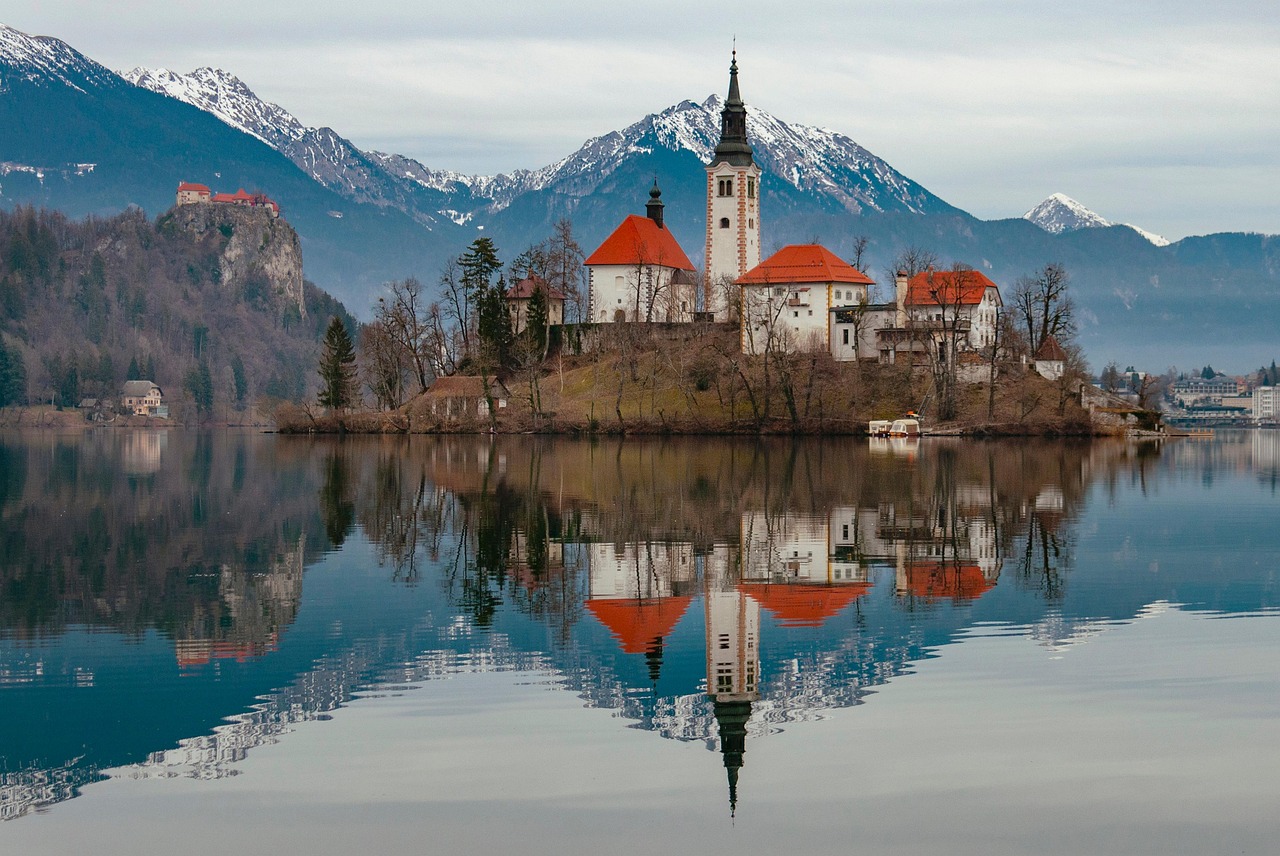
Slovenia has become a poster child for sustainable travel in Europe. In 2025, the Global Green Economy Index again ranked Slovenia among the world’s top 10 greenest countries. Tourists are enchanted by Lake Bled’s fairy-tale setting, the dramatic peaks of Triglav National Park, and Ljubljana’s car-free, riverside charm. The capital was crowned European Green Capital in 2023, a symbol of its clean streets and innovative green initiatives. Outdoor adventurers are spoiled with options—from rafting on emerald rivers to hiking lush forests and exploring massive cave systems like Postojna. The Vipava Valley’s wine scene is booming, drawing foodies and oenophiles alike. Slovenia’s compact size means travelers can experience Alpine lakes, Mediterranean coast, and medieval towns all in one trip. With more direct flights and affordable transport, it’s easier than ever to discover this hidden gem, which continues to set standards in eco-tourism and cultural preservation.
Jordan: Where Ancient Mysteries Meet Modern Ease

Jordan’s magic is rooted in its blend of ancient wonders and warm hospitality. In 2024, tourism soared by 12%, with millions still awestruck by the rose-red city of Petra, a timeless marvel. The Dead Sea, with its mineral-rich waters, is a true wellness destination, offering visitors the unique experience of effortless floating. Wadi Rum’s otherworldly landscapes have become a playground for jeep safaris, hot air balloon rides, and stargazing adventures under the clearest skies. Jordan’s government has poured resources into new hotels, upgraded highways, and smoother connections at Queen Alia International Airport, making travel easier and more comfortable. Local cuisine, especially dishes like mansaf and falafel, is gaining global fame, attracting foodies and culture hunters. Jordan’s safety record and reputation for welcoming guests have helped it stand out in a turbulent region. Its strategic location as a Middle Eastern hub means travelers can easily pair their visit with neighboring countries, making it a dynamic travel favorite.
Sustainable Tourism: A Shared Commitment
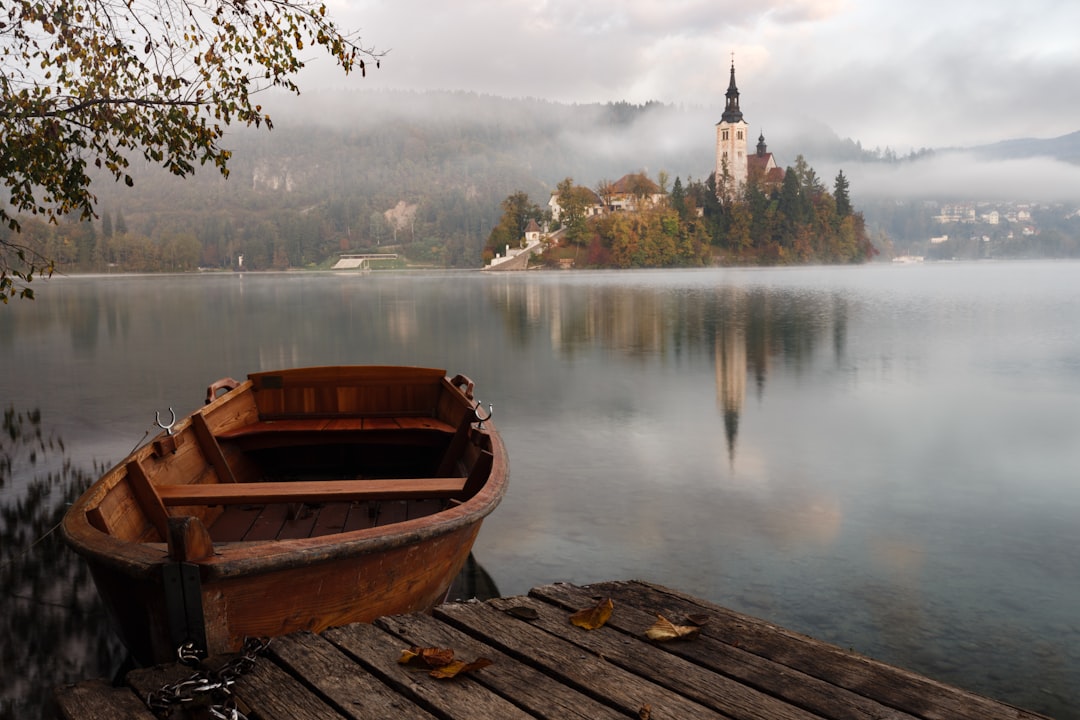
Uruguay, Slovenia, and Jordan have all placed sustainability at the top of their tourism agendas. Uruguay’s sweeping use of renewable energy powers much of its hospitality sector, from eco-lodges to solar-powered resorts. Slovenia’s comprehensive conservation policies have protected its pristine lakes and forests, setting an example that others now follow. Jordan’s focus on preserving Petra and its desert reserves attracts travelers who want to see natural beauty without harming it. According to the Global Sustainable Tourism Council, destinations with strong green credentials grew their tourist numbers 20% faster in 2024 than those that lagged behind. These countries have invested in green infrastructure—think electric buses, recycling programs, and strict environmental controls—to ensure tourism helps rather than harms local communities and ecosystems. This forward-thinking approach appeals especially to younger travelers who see sustainability as non-negotiable.
Cultural Heritage: Living History and Vibrant Traditions
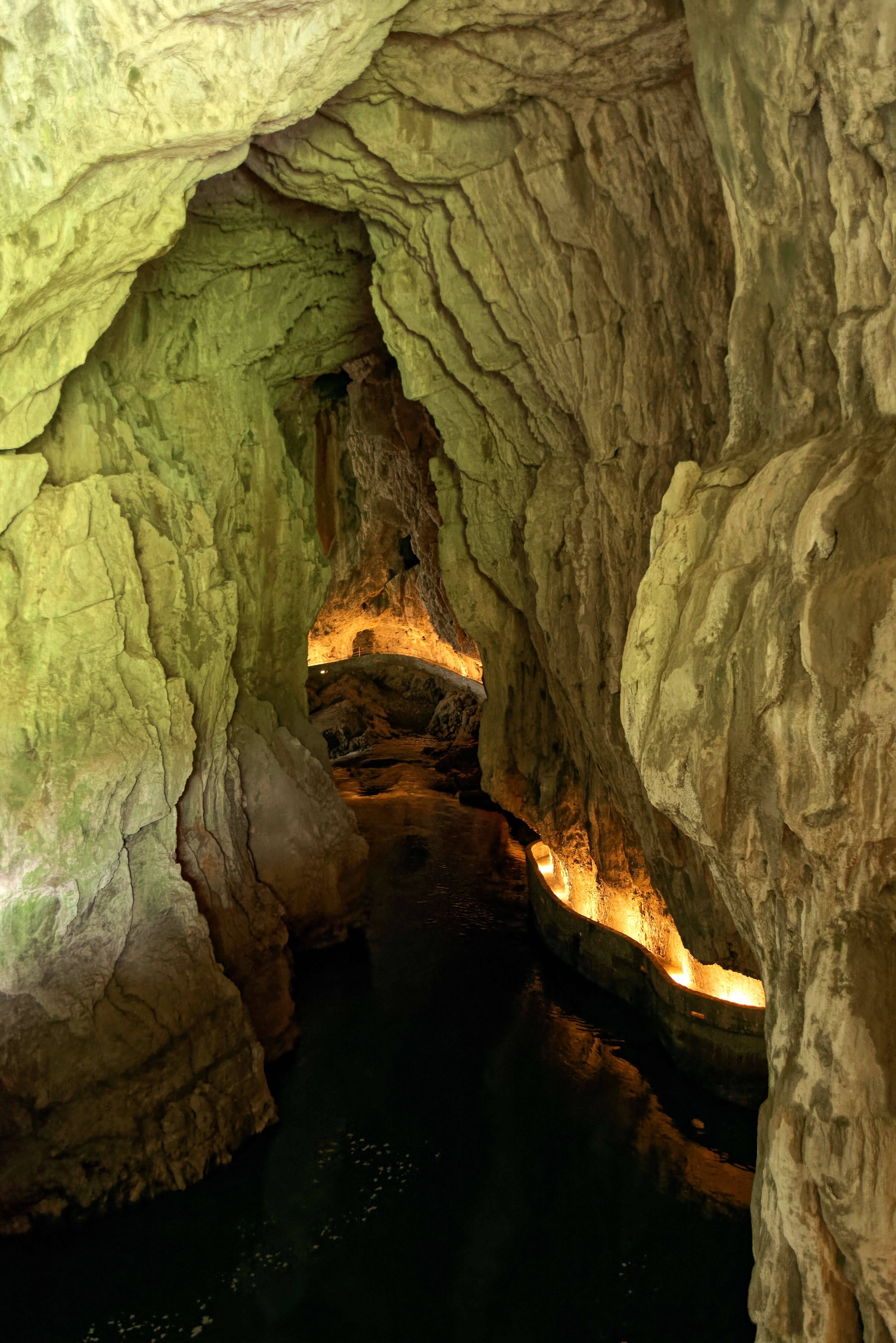
The cultural depth in Uruguay, Slovenia, and Jordan is undeniable. Uruguay’s colonial architecture and legendary tango scene provide a South American flavor that’s both nostalgic and alive. Slovenia’s culture is a vibrant mix, blending Slavic roots with Italian and Austrian influences—best experienced at its lively festivals and in its folk music. Jordan offers timeless experiences with ancient Roman ruins, Crusader castles, and Bedouin hospitality that invites visitors into a living tradition. Each country has made cultural preservation a national priority. UNESCO World Heritage Sites like Colonia del Sacramento, Slovenia’s Škocjan Caves, and Jordan’s Petra are meticulously maintained, drawing millions of visitors annually. These sites not only anchor national identity but also generate jobs and revenue, fueling a virtuous cycle of preservation and celebration. Cultural tourism, projected to grow by 8% in 2025, remains a major draw for travelers seeking authenticity.
Adventure: Nature’s Playground Awaits

Adrenaline seekers are flocking to these countries for their wild landscapes and thrilling activities. Uruguay’s open pampas are perfect for horseback riding, while its Atlantic waves challenge even seasoned surfers. Slovenia’s mountains offer hiking, biking, and world-class skiing, while underground, explorers can crawl through immense cave networks. Jordan’s desert terrain calls out to trekkers, climbers, and adventurers drawn to the challenge of Wadi Mujib’s canyons or Wadi Rum’s towering sandstone cliffs. In 2024, the Adventure Travel Trade Association reported a 14% growth in adventure tourism, with these destinations among the leaders. The varied geography and well-developed adventure infrastructure ensure that both beginners and experts have options. Local guides, eco-friendly tour operators, and new safety standards make it easy for travelers to experience nature up close.
Accessibility and Infrastructure: Travel Made Simple
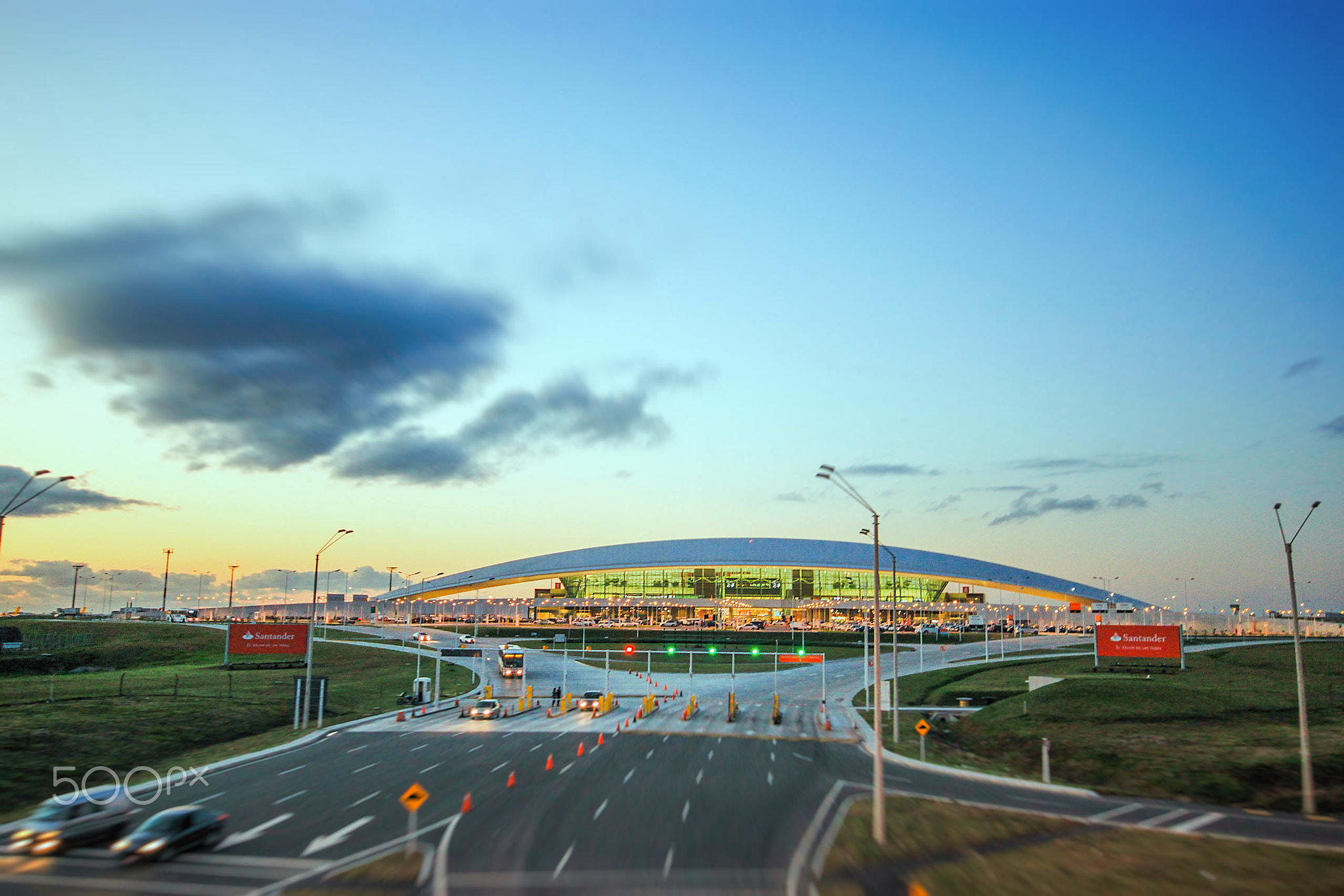
Uruguay, Slovenia, and Jordan have all invested heavily in making travel easier and more enjoyable. Uruguay’s Carrasco International Airport expanded in 2024, adding direct routes from the United States and Europe. Slovenia’s main airport in Ljubljana now offers more flights to European capitals, shortening layovers and travel times. Jordan’s Queen Alia International Airport has been modernized with faster security, new lounges, and more international connections. Improved highways, better signage, and public transportation upgrades have made moving within these countries smoother and less stressful. These changes respond directly to traveler feedback and have been highlighted in the World Economic Forum’s 2024 report as critical for boosting tourism. Easier access not only brings in more visitors but also encourages repeat travel, as guests appreciate the convenience of well-organized travel networks.
Safety and Political Stability: Peace of Mind for Visitors

Travelers in 2025 are more mindful than ever about safety, and these three countries offer peace of mind in abundance. Uruguay consistently ranks as one of South America’s safest countries, with a strong police presence and low violent crime rates. Slovenia’s peaceful reputation is backed by its 6th-place ranking in the 2024 Global Peace Index—higher than most of Western Europe. Jordan, while located in a region known for unrest, has maintained a secure environment, with robust tourism police and effective security measures, earning it a positive reputation among international visitors. The perception of safety is reflected in the rising number of solo travelers and families visiting these destinations. Stable governments and a focus on public safety ensure that travelers can explore with confidence, making these countries especially appealing in uncertain times.
Culinary Delights: Flavors to Remember

Food is becoming one of the top reasons people choose where to travel, and Uruguay, Slovenia, and Jordan excel in this area. Uruguay is famous for its grass-fed beef and local wines, with barbecue (asado) culture at the heart of social life. Slovenia’s cuisine is a fusion of neighboring tastes, offering specialties like štruklji (rolled dumplings) and rich stews, often enjoyed with a glass of local wine or craft beer. Jordan’s culinary scene is earning global acclaim; dishes like mansaf, maqluba, and sweet knafeh are celebrated at food festivals and increasingly featured in international media. The World Food Travel Association noted a 10% rise in food tourism in 2024, and these countries have responded with cooking classes, food tours, and vibrant markets. Culinary experiences deepen the traveler’s connection to local culture and provide memories that linger long after the trip ends.
The Future: Innovation and Growth

Looking forward, Uruguay, Slovenia, and Jordan are riding a wave of innovation that’s setting them apart. Digital tourism is on the rise, with virtual reality tours and AI-powered travel planning helping visitors make the most of their stays. All three countries are investing in wellness tourism, from Uruguay’s beachside spas to Slovenia’s thermal resorts and Jordan’s world-renowned Dead Sea treatments. The trend of remote work and digital nomadism has led to new visa programs and longer-stay options, attracting professionals seeking a better work-life balance. According to Euromonitor International, emerging destinations like these are predicted to see annual growth rates of 6% through 2027. Their ongoing focus on sustainability, investment in infrastructure, and dedication to cultural and natural preservation position them as global leaders in the new era of travel.
